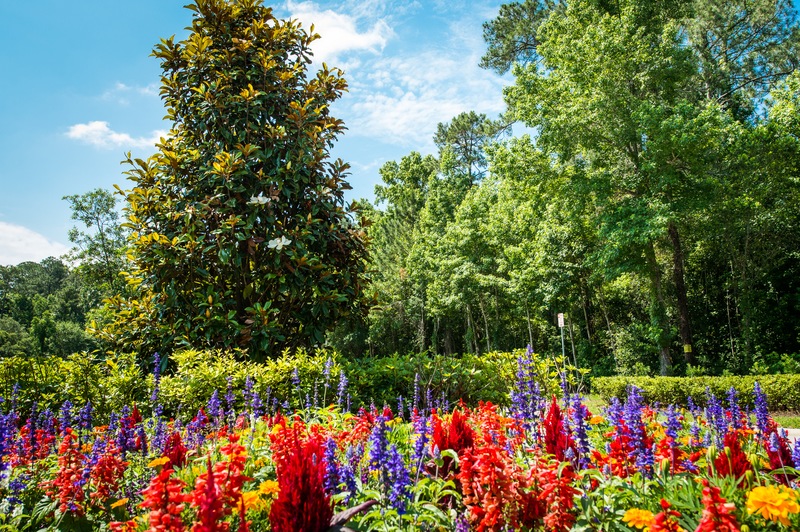
Just in time for spring, there’s a new opportunity to surround yourself and your landscape with beautiful, vivid flowers.
In honor of National Plant a Flower Day on March 12th, we’re digging deep—literally—and sharing a few of our most helpful tips for growing flowers that “wow.” Take a look.
Start with quality plants
Give your flowers room to thrive by choosing high-quality plants from the start. Your landscaping team can help choose the best species for your space, but one handy rule of thumb is to choose potted plants without circular root patterns, which might indicate that the plant has been potted for too long.
Pruning can help
While you may traditionally associate the pruning process with larger plants (think trees, shrub, etc.), it can actually work wonders on flowers, too! In fact, when you take the time to prune floral plants, snipping off overgrown ends and other irregularities, it allows more fruits and flowers to flourish.
Avoid unnecessary fertilization
Another key landscaping rule of thumb is to gauge fertilization needs (or lack thereof) using a color test. If a flower is growing in a healthy color/vibrancy that you prefer, there’s no need to fertilize! In fact, depending on the layout of your landscape, your flowers might already be receiving fertilization via the other plants you treat with roots nearby—so there’s no need to overdo it.
Breathe new life into your planting bed
When it comes to growing beautiful, flourishing floral displays, organic matter, including compost, can quite literally help you breathe new life into your planting bed! Since we’re currently on the cusp of spring, adding compost in lieu of traditional mulch can help prepare existing planting beds for the rapid season of growth ahead.
Mix it up
Landscapes that are fun, unique, beautiful and functional stems from a diversity of species. Don’t limit your landscape to one type of flower, or even one type of plant—mix it up and incorporate native grasses, trees, flowers and other one-of-a-kind finds for a space that truly stands out and functions at its best. This kind of diversity is doubly-beneficial since it lessens the risk of pests and other problems down the line.
Want to learn more about the flower-growing process? Whether you employ this information at home or enlist Duval’s help to deliver gorgeous floral escapes at work, we’re here to help… and hope that you see every petal with newfound awe and appreciation.